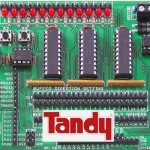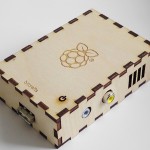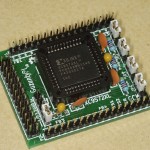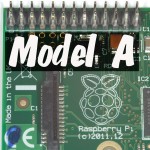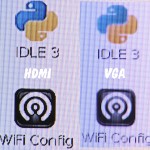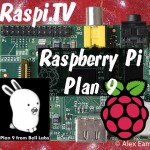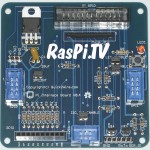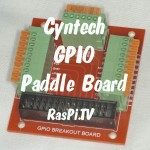
The Cyntech GPIO paddle board is a new type of breakout board for the Raspberry Pi. It’s nice and small (about half the size of the Pi) elegantly simple, and I like the connectors. To connect a wire, you hold down the orange tab, push your wire into the hole and release the tab. The wire is gripped by a spring-loaded contact. It comes with a very nice “rainbow” ribbon cable, which is much more cheerful to look at than a grey one and it’s a decent 20cm length as well. You don’t always want […more…]
